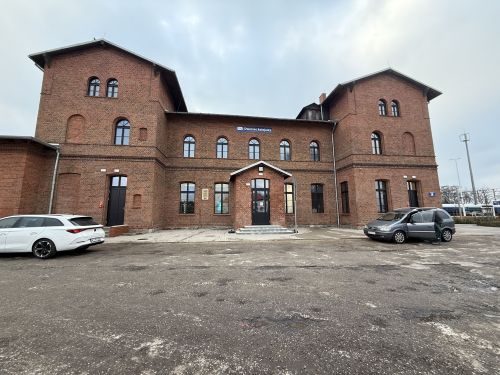How can such costs be optimised without losing the interest of customers? One of the options is to offer deliveries to parcel lockers – a service that is not only less expensive, but also more sustainable.
Deliveries to parcel lockers are the preferred method throughout Poland. The Polish market is truly unique in Europe in this respect. According to Gemius’ ‘E-Commerce in Poland 2021’ report, as many as 77 pct of online shoppers favour this type of delivery, which represents a 16 pp increase on the 2020 figures. Courier deliveries to home and business addresses are the second most popular (50 pct).
Deliveries to parcel lockers are now an incentive to order goods for as many as 81 pct of online shoppers in Poland. For obvious reasons, we do not always have time to wait for a courier to arrive at home. Receiving a parcel at work is not always an option either. And on top of that, it is often difficult to contact a courier by phone to reschedule the delivery. Fo































































